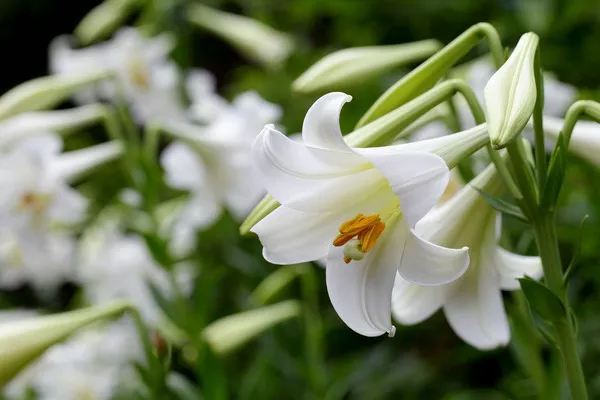Southern Spain experiences a harsh summer, turning its landscape into what locals might describe as “crunchy.” Under the relentless sun, greenery withers away, and the land becomes arid, except for one remarkable plant – the clustered carline thistle.
Amidst the arid Mediterranean habitats, the clustered carline thistle defies the scorching conditions and stands out as one of the few plants that bloom every August. This unique ability gives the thistle a virtual monopoly on local bees and other pollinators, thriving while neighboring vegetation succumbs to the intense heat.
Evolutionary ecologist Carlos Herrera from the Spanish National Research Council made a groundbreaking discovery while conducting a pollinator census near the Sierra de Cazorla mountain range. Intrigued, he touched the thistle blossom and found it surprisingly cool even after prolonged exposure to direct sunlight, prompting a realization that this unassuming plant possesses a remarkable self-cooling mechanism.
During several blistering heat waves, Herrera measured the temperature inside the thistle flower heads and the ambient air temperature less than an inch away. The results were astonishing – the flower heads consistently maintained temperatures nine degrees Fahrenheit (five degrees Celsius) cooler than their surroundings, reaching a staggering 18 degrees F (10 degrees C) difference on the hottest days. Herrera’s findings are detailed in the Scientific Naturalist.
Sanna Sevanto, a physicist and plant physiologist at Los Alamos National Laboratory, expressed excitement about Herrera’s discovery, suggesting it could confirm a previously theorized, yet risky, plant survival strategy. While self-cooling in tree leaves has been observed, Sevanto notes that the thistle’s approach appears intentional rather than a byproduct of photosynthesis.
Herrera proposes that the thistle engages in a form of “sweating,” sacrificing scarce water in Spain’s arid summers to prevent its delicate reproductive organs from overheating. This cooling mechanism could occur wherever the flower head contains water, including its liquid nectar. Some flower species possess stomata on their petals, providing a potential route for water release.
Despite the promising findings, Herrera plans further experiments during the next sweltering summer. These include verifying the plant’s “sweating” action by manipulating its water supply and exploring potential novelties in its root structure that facilitate water absorption for cooling.
As climate change intensifies heat waves, studying such unique adaptations becomes crucial for understanding how plants cope with heat stress. Herrera emphasizes the importance of ensuring these plants have enough water to sustain their cooling systems, presenting a challenge for their continued survival in the face of changing climates.


